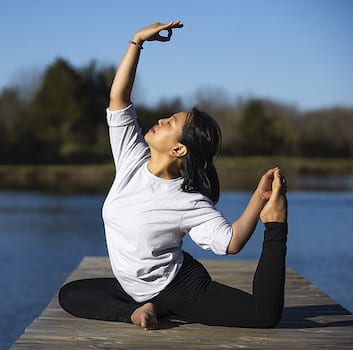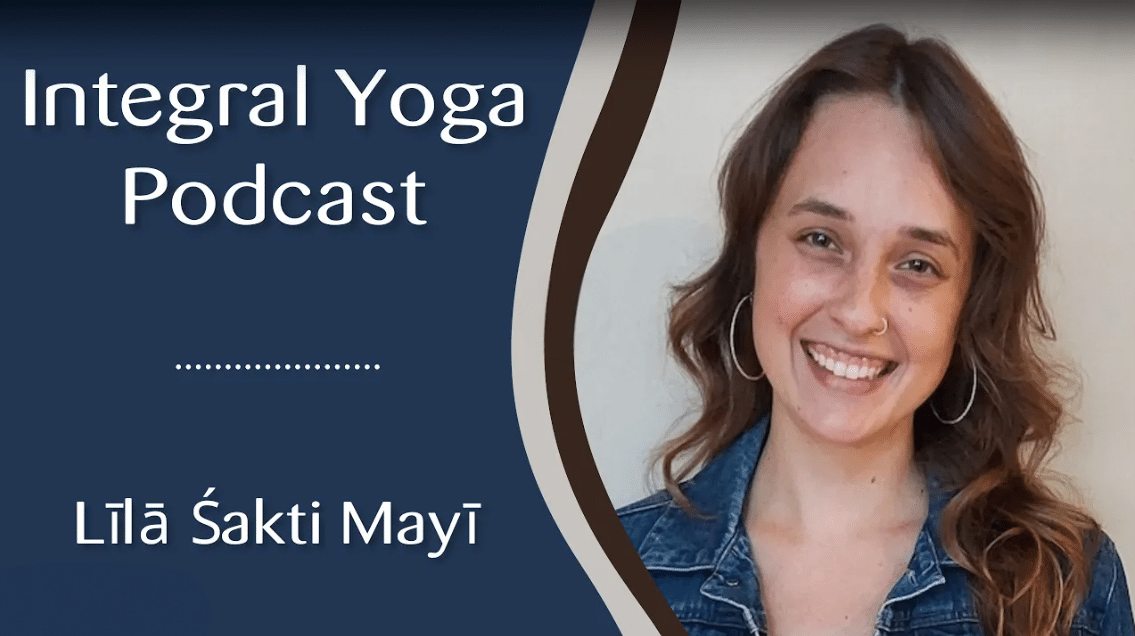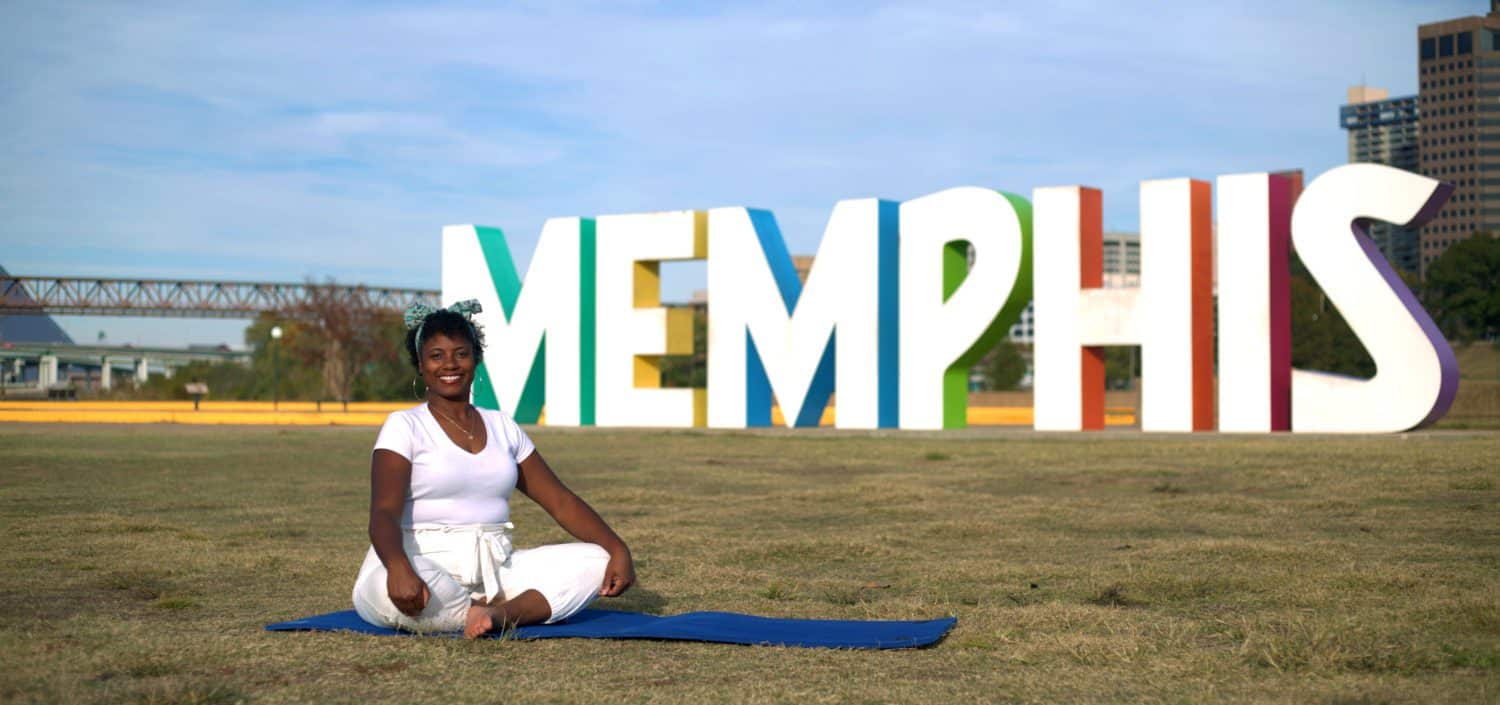How is the spiritual path different for women and men?
The feminine nature of a woman’s body and her emotional makeup have unique qualities that need special attention. Many of the Yoga poses need to be adapted to the female body, yet our special needs as women are ignored if we follow traditional asana instruction rather than our feminine intuition. The asanas were designed for the needs of the male body. While gentle pressure and squeezing help to improve blood circulation and health, too-vigorous bending and stretching can harm the softer and less muscular female body.

What is an example of an asana adapted for the female body?
I would always joke with my students when teaching Mayurasana, the Peacock Pose. In this pose, the entire weight of the body is balanced on bent arms as the elbows push into the belly, so the straightened legs can be raised into the air. In order to accomplish this pose, the balance point must be at the center of the body (the elbows being the fulcrum). But the female pelvis is bigger and heavier than a man’s, making the center of gravity lower. So, if, adhering to the traditional instructions, the elbows are pushed into the abdomen, most women would fall forward and flat on their faces when they raise their legs. By pushing the elbows into the pelvis rather than the abdomen, we are more easily able to balance. However, while the elbows against the pelvis enable us to do the pose, they can put too much pressure on the delicate organs housed there. Injury or imbalance can occur.

Beautiful young woman practices yoga asana Lotus Peacock Pose – Padma Mayurasana outdoors against the background of a modern city.

Yoga master practicing peacock pose body balancing and hands down near with natural water background
Since Mayurasana mimics a peacock (male) with long tail feathers splayed, I suggest women do a version I call Peahen Pose, in which the legs are folded and tucked underneath the belly. In this way, the center of gravity shifts, and the pose is accomplished.
What other aspects of Feminine Nature might be considered?
The mental, emotional, and energetic aspects of asana can be as great if not greater than the physical aspect. When the mind pictures the benefits of a pose, the energy moves more easily to that part. Then we receive maximum benefits from the practice—a relaxed, healthy body and mind. All this stretching leads us to a supple body of health and strength that is able to be active as well as to sit perfectly still.


On an emotional level, a woman’s sensitivity often shifts to more masculine energy if she continually takes on challenges and engages in competition. Instead of experiencing feelings of compassion when confronted with a situation, we may first exhibit anger. Because of the emphasis placed on our more masculine side, our feminine qualities become depleted instead of enhanced. Both aspects—the feminine and, also, the masculine—need to be honored.
How can we honor Feminine Nature through Yoga?
Today, there are hundreds of methods and schools for practicing Yoga poses. Choose the type of asana you want to practice, based not just on the physical benefits but also on how it will affect your emotional makeup. It is essential to understand what type of practice your particular temperament requires. Also, be aware of the effect that the practice is having on the subtle nervous system. If your nervous system is sensitive and you adopt a rigorous asana practice, it may cause an imbalance. Allow asana to be one part of your complete Hatha Yoga practice (poses, relaxation, and pranayama). As the practice is established it affords a flexibility of body, mind, and emotions. With this comes balance and the yearning to be still and know your Self.



